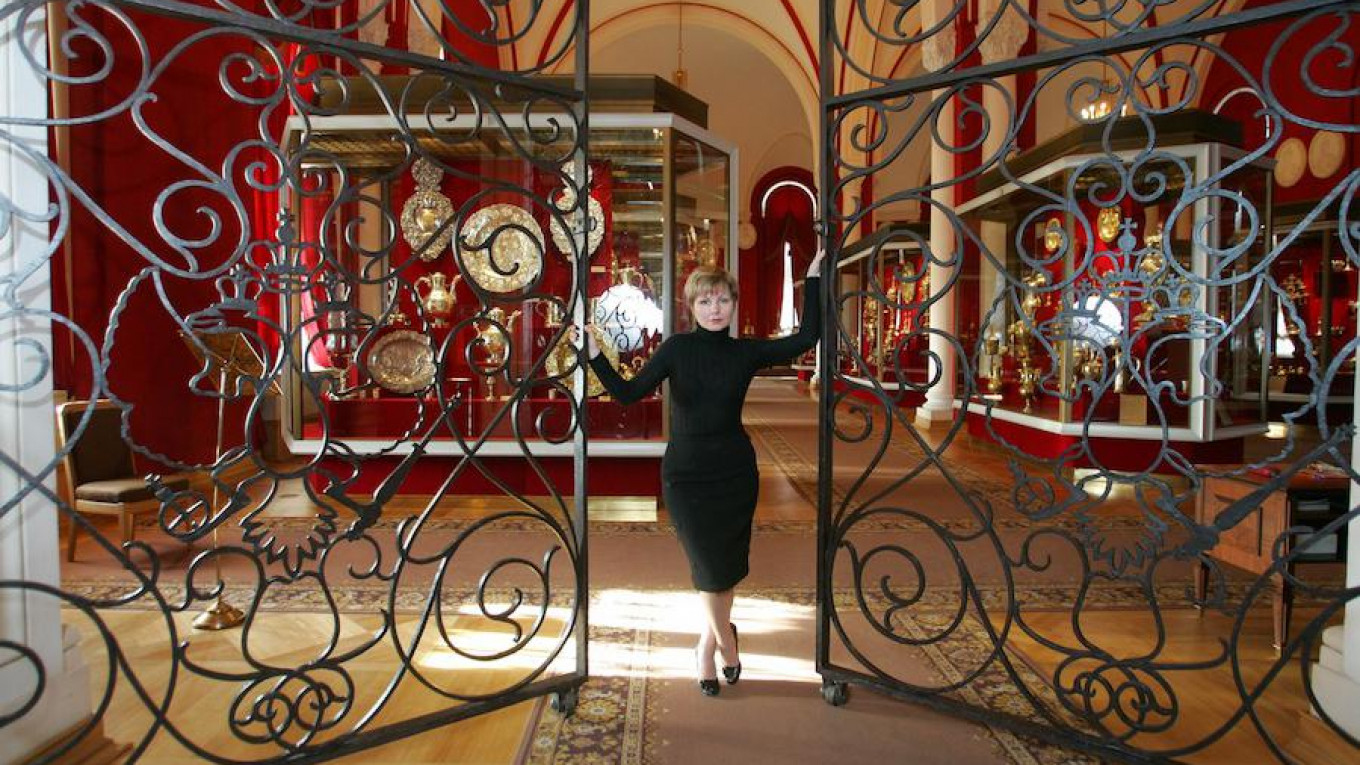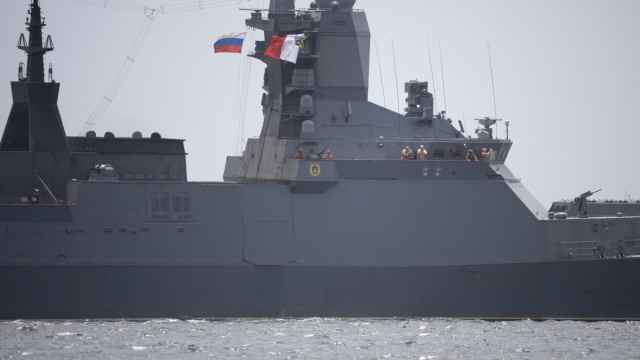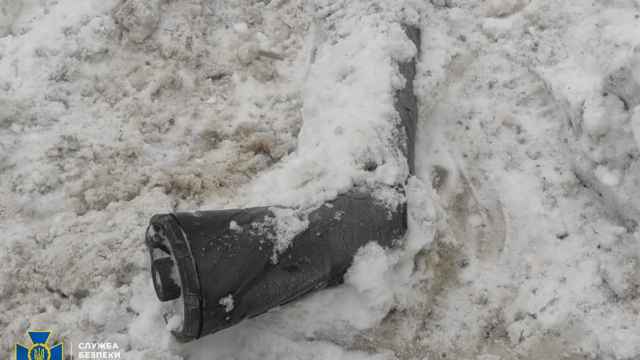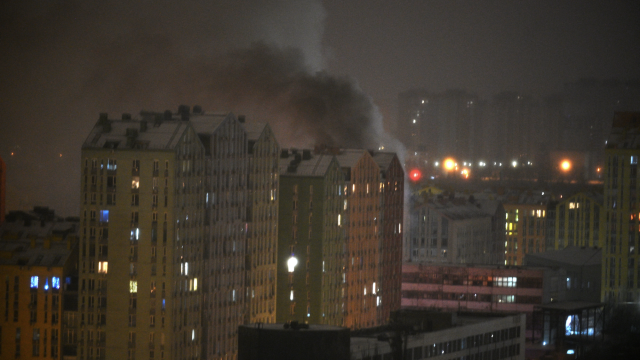People might think that a museum situated at Vladimir Putin’s front doorstep could not have a care in the world. But here lies the paradox: living next to the symbol and seat of Russian power creates its own problems.
Comparable in significance to the Tower of London, Versailles, Château de Chambord or Kensington Palace, the Kremlin museums were founded in 1806 by Emperor Alexander I as a place to house the treasures of Tsarist Russia.
Today, they share their living space with Russian history, a medieval castle and an acting Russian President. This is not a desirable situation for a museum, admits the museums’ director, Yelena Gagarina.
The museums are necessarily cramped, and struggle to cope with visitor numbers. The ubiquitous Presidential Guard makes wearying demands for official passes at every turn. Each step requires approval from the commandant’s office. And the museums can only remain open until 6 p.m. at the latest (other museums “on the outside” sometimes work at night.)
Moscow’s other premier visitor attractions have it comparatively easy. The Pushkin Museum of Fine Arts and the Tretyakov Gallery have grown to become whole mini-districts devoted to art. People constantly speak and write about them. The Kremlin Museums, however, are necessarily cloaked in relative silence, and live a very different life.
There are other difficulties. For example, there is no way of maintaining temperatures inside the ancient chambers in order to display fine paintings, scrolls, or wooden objects. That said, conditions are perfect for exhibiting the Kremlin’s many other priceless pieces—its collections of diamonds, gold and silver items and textiles. Russian emperors, and the foreign ambassadors who brought so many of the items as gifts, spared no expense on these artisan masterpieces.
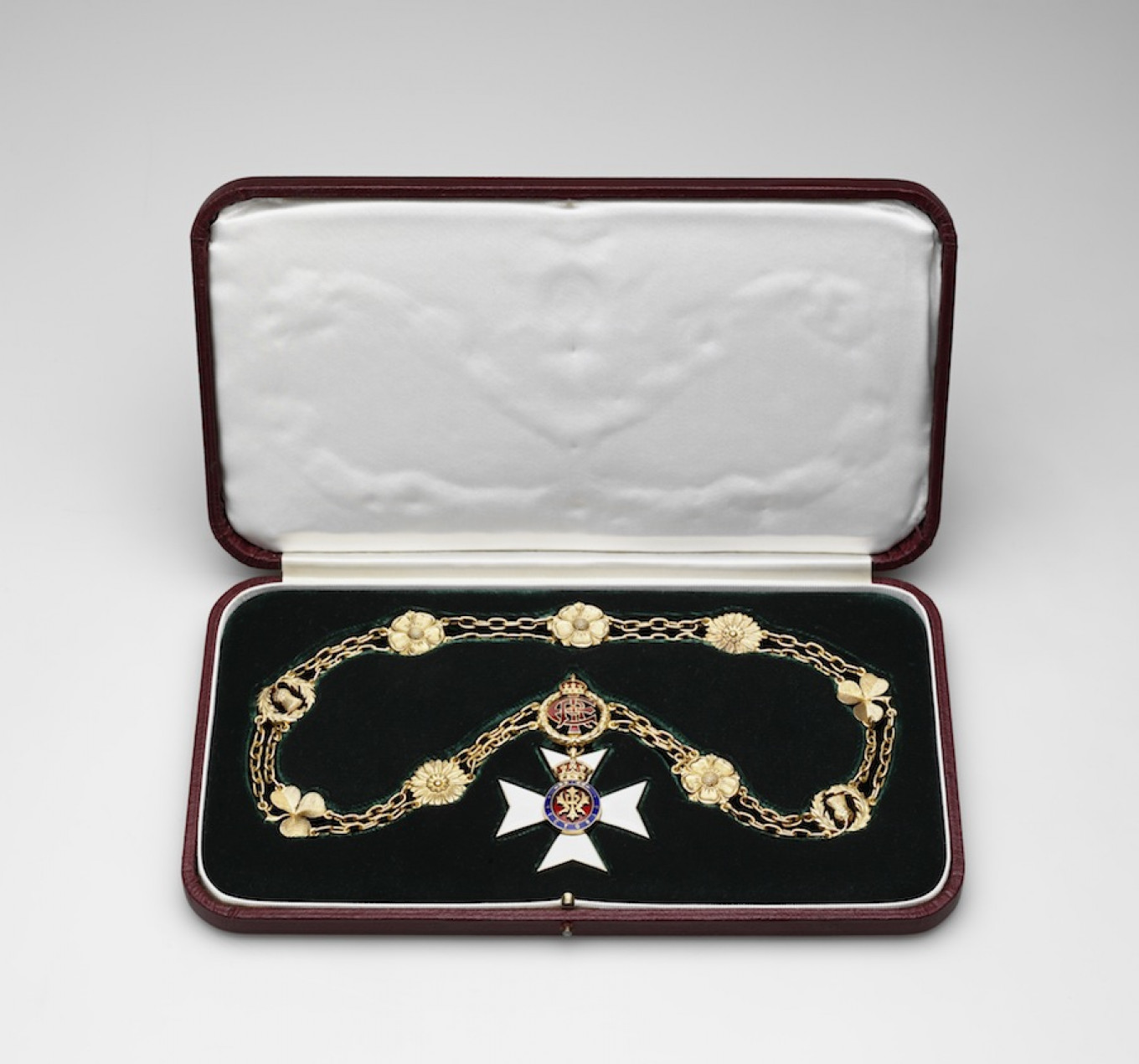
“We are always greatly limited in what we can exhibit,” says Gagarina. “We can’t show collections of oriental works or icons, since they are enormous. There’s no space to display or properly restore the stunning banners in our collection. But just imagine their beauty—made from silk and decorated with exceptionally sophisticated embroidery.”
Gagarina has on multiple occasions tried to move the museum beyond the walls of the medieval fortress. In the most recent attempt, authorities promised to build a new facility right next to the Kremlin on Borovitsky Hill. However, leaders found the idea of erecting a controversial monument to Prince Vladimir too alluring, and so his statue now stands on the site of Gagarina’s proposed museum.
Gagarina did, however, receive a consolation prize. By presidential decree, the Kremlin Museums will now receive part of the building on Red Square right in front of St. Basil’s Cathedral.
This new space will house facilities for storage, restoration, and temporary exhibitions. Eventually, part of the Patriarch’s Palace and Armoury exhibitions will be relocated there.
The Armoury building inside the Kremlin walls will, however, retain a large proportion of its current exhibits. The royal carriages, for example, will stay where they are, because it is simply too problematic to dismantle and reassemble them elsewhere. The Armoury will add exhibitions of state regalia and coronation ceremony items to augment the current collection of medals, which date back to the time of Peter the Great.
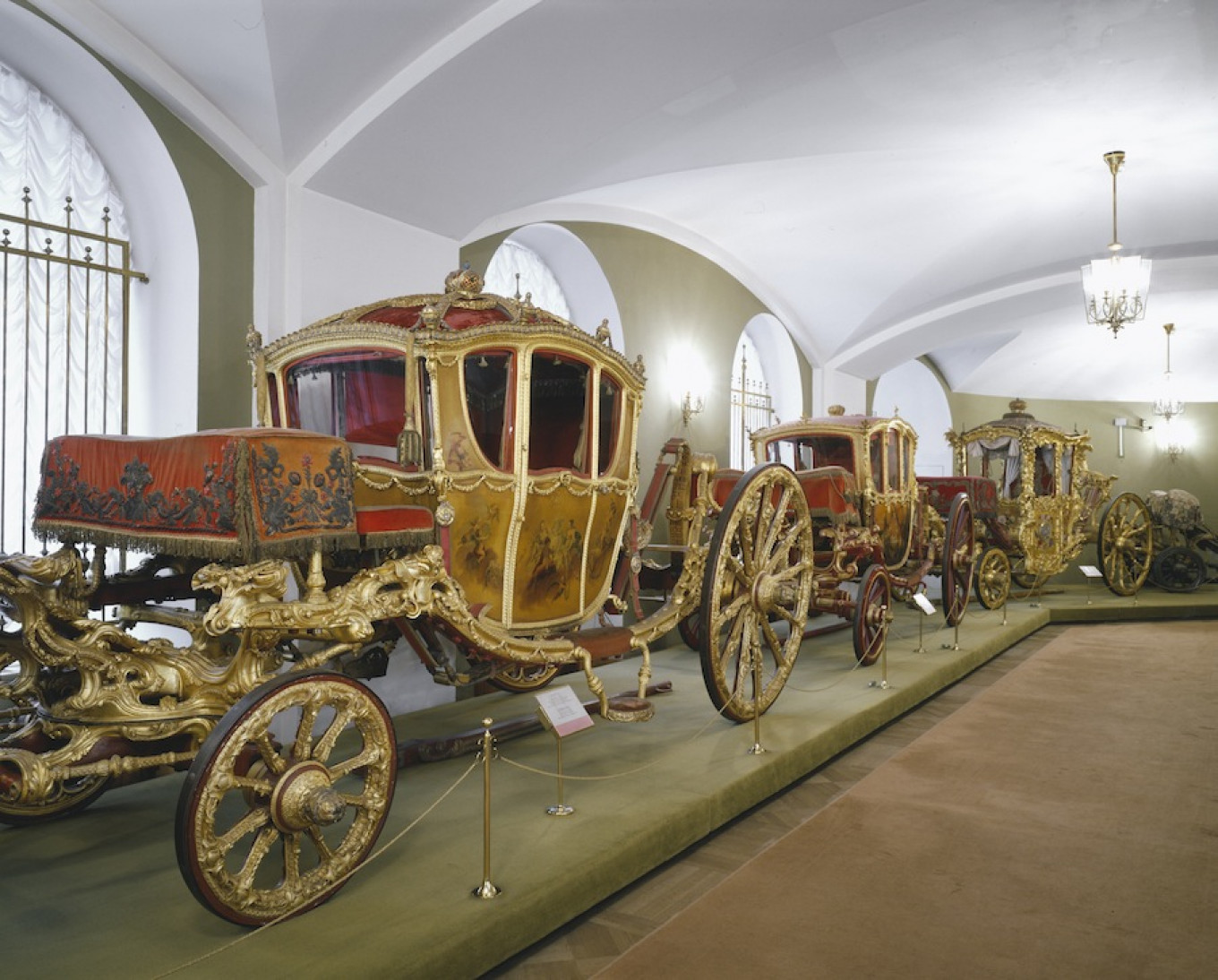
This is not the first time that President Vladimir Putin has intervened to play a central role in Yelena Gagarina’s life. As is well known, the president sees himself as the guardian of Russia’s greatness. His choice of Gagarina—the daughter of Soviet hero Yuri Gagarin, the first man in space—to take care of some of Russia’s most historic relics is no accident.
Fifteen years ago, on the 40th anniversary of that historic spaceflight, the president paid a home visit to offer her the job. At the time, Gagarina was working as a specialist in English book graphics for the Pushkin Museum.
From time to time, Putin drops in to view the collections under Gagarina’s watch.
“The last time the president stopped by, we showed him a large collection of state orders and medals that a private individual had donated,” Gagarina says. “The President took great interest. It was the same in pre-revolutionary times. Tsars closely followed the expansion of the collection and did not allow just any old thing to be included.”
Only rarely do the Kremlin museums have an opportunity to augment their collections. It is, after all, difficult to rival the extraordinary resources that were made available to the Russian emperors. The Kremlin museums, for example, house 10 Fabergé Easter eggs—famous masterworks that once formed part of the Russian Emperor’s treasury. In 1922, part of this treasury was sold at export auctions, but Fabergé eggs still adorn the exposition of the Armory.
Adding another Fabergé masterpiece or two to the collections is no simple matter. No matter how much the art market may have slipped into crisis, works created by the worldfamous jewelry brand still attract eye-watering prices.
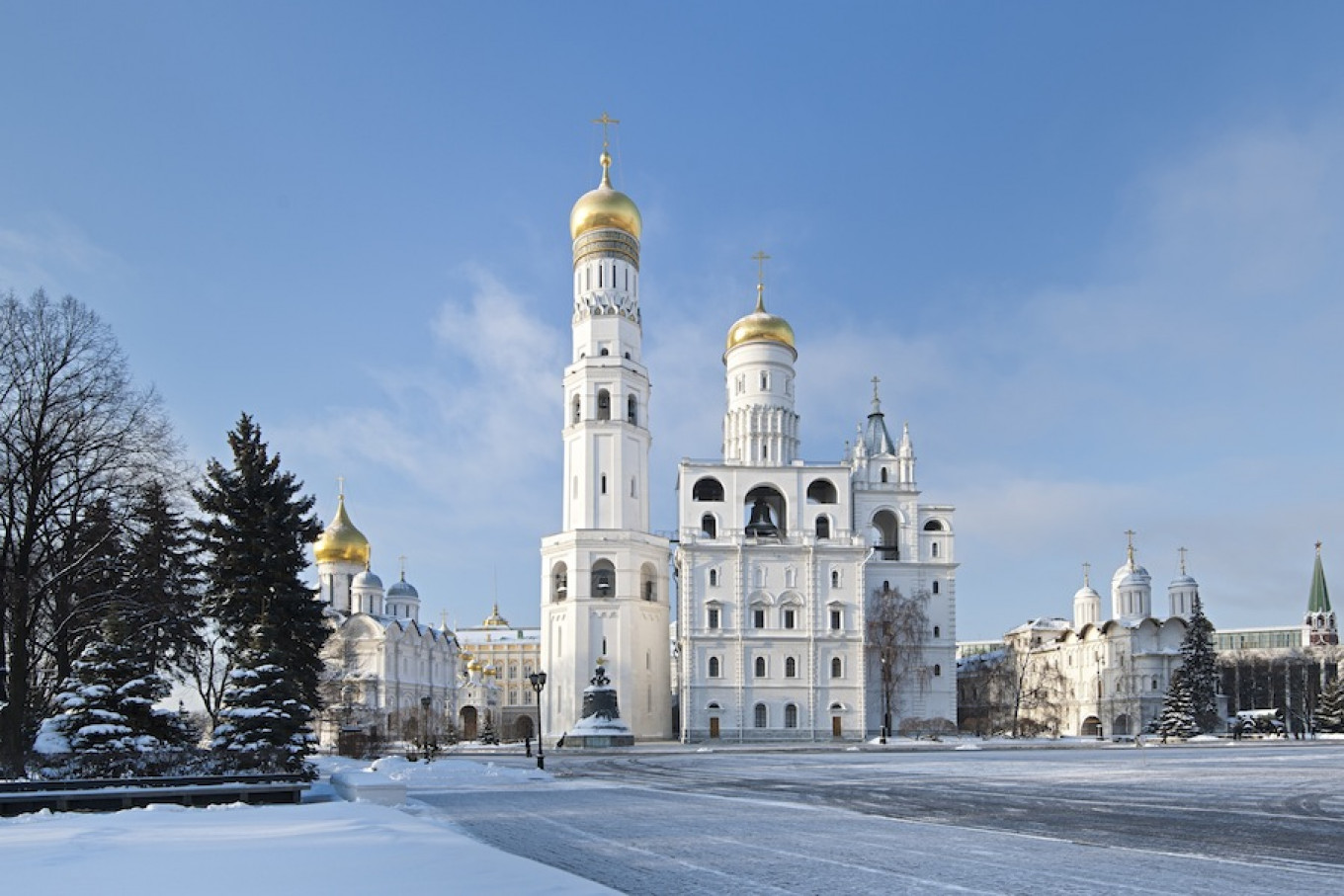
Gagarina, however, has developed a few tricks for reaching out and acquiring valuable new exhibits without dipping into state coffers.
“When we stage commercial exhibitions of contemporary works, we ask jewelry houses to leave us a historical item, one with both a name and an interesting story as our compensation,” Gagarina says. “So when we organized a Cartier exhibition, they gave us a diamond brooch from the 1930s. We did an exhibition for Buccellati, and so now we have a Buccellati original. We staged an exhibition for Carrera y Carrera, and they gave us us one of their original pieces too.”
The museums have also benefitted from the generosity of various collectors and philanthropists. Just recently, major collector Andrei Leonidovich Khazin left a chain that had been awarded to the last Russian Emperor, Nicholas II, by Queen Victoria. By tradition, such gifts are returned to the Royal Chapter House in Britain after the death of a monarch. But the revolution struck, and the chain was passed from one Soviet institution to another, before being sold in a Stalin-era sales, from where it ended up in Khazin’s collection.
It was not a straightforward process to transfer the piece to the museum collection, however.
“According to the rules, this piece should have been returned to the U.K. and the property of the Crown,” says Gagarina. After long and complex negotiations, however, a way to allow the chain to remain on display in Russia was found. The chain would be “returned” to Queen Elizabeth, who would then “return” it back to the museum to use indefinitely.
“[Queen Elizabeth] wrote a wonderful letter saying that she wanted as many people in Russia as possible to see this chain and to recall the tragic story that occurred to a member of her family 100 years ago,” says Gagarina.
Following Perestroika in the late 1980s, the descendants of the Romanov family have visited the Kremlin Museums on several occasions. They admired the crown jewels of their ancestors, stood gazing for a long time at Monomakh’s Cap, the oldest of the crowns currently exhibited, and stared in wonder at the family jewels. They have also issued claims of ownership.
The Russian State is unlikely to ever recognize the claims. For Gagarina, the royal descendents are just tourists, “no different” from the 2.2 million other visitors the museum receives every year. (This is about 400,000 more than the Kremlin can easily handle.)
In recent years, a huge wave of Chinese tourists has descended on the Kremlin, far outnumbering the previous flows of American visitors.
The Chinese visits are usually organized by Communist labor unions. Most of these tourists are elderly, and still remember the period of Chinese-Soviet friendship. “They always ask where Lenin and Stalin lived, and are disappointed when I tell them that the Lenin exhibit has been moved to his residence at Gorki Village near Moscow,” Gagarina says.
The sensibilities of these new tourists is also markedly different from those of previous visitors.
“[The Chinese] are completely uninterested in Russian churches and religious art, which they find boring and incomprehensible, but they like everything connected with weapons and state regalia,” Gagarina says. “They love to take photos next to the Tsar Cannon.
Like other museums housing royal treasures, the Kremlin museums serve as the guardian of imperial ceremony. First and foremost, this means coronations. Gagarina, however, says that she isn’t satisfied with the Kremlin Museums’ coronation exhibition.
“We had to put it in very small rooms, but it requires a grand scale,” she says. “It is impossible to present a coronation in 200 meters of space.”
And coronation is only part of a monarch’s life cycle. Royal weddings, births, and the baptism of heirs are no less important moments. “I am particularly interested in state funerals, which are increasingly becoming a focus of research around the world,” says Gagarina. “I’m certain that, one day, people will be lining here to see the funerals too.”
Anna Mongayt is creative producer at Dozhd TV.
A Message from The Moscow Times:
Dear readers,
We are facing unprecedented challenges. Russia's Prosecutor General's Office has designated The Moscow Times as an "undesirable" organization, criminalizing our work and putting our staff at risk of prosecution. This follows our earlier unjust labeling as a "foreign agent."
These actions are direct attempts to silence independent journalism in Russia. The authorities claim our work "discredits the decisions of the Russian leadership." We see things differently: we strive to provide accurate, unbiased reporting on Russia.
We, the journalists of The Moscow Times, refuse to be silenced. But to continue our work, we need your help.
Your support, no matter how small, makes a world of difference. If you can, please support us monthly starting from just $2. It's quick to set up, and every contribution makes a significant impact.
By supporting The Moscow Times, you're defending open, independent journalism in the face of repression. Thank you for standing with us.
Remind me later.


